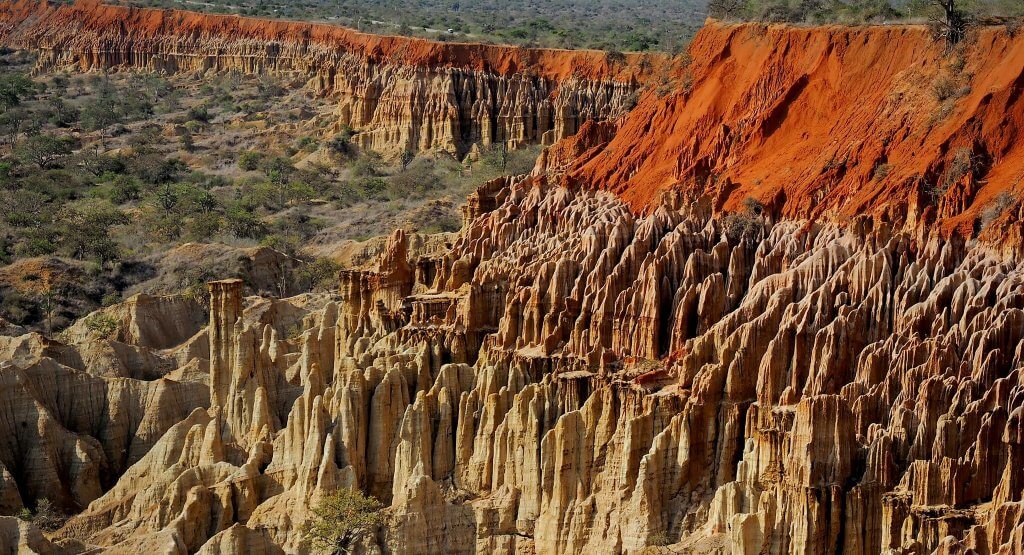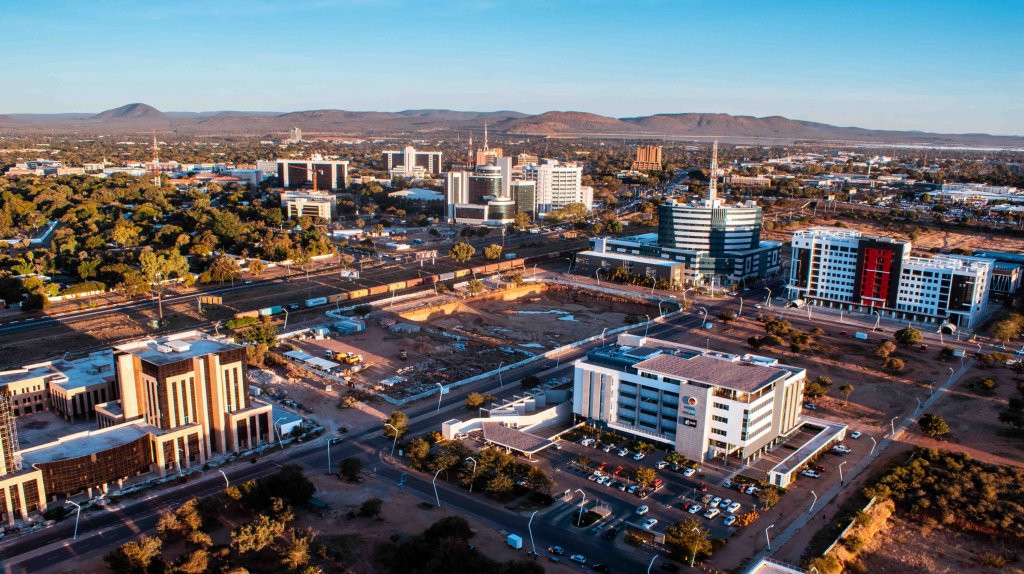Angolan Diamonds
Key Takeaways
- Angola is one of Africa’s most prolific diamond producing countries, currently housing three diamond mines, falling behind Botswana and South Africa in terms of volume.
- In the past, Angola has struggled to overcome its complex political climate to gain a strong foothold in the diamond industry. It has a history of exporting blood diamonds used to fund civil war, although, with the help of the Kimberley Process.
- Now, it contributes around 5% to the globe’s diamond supply annually.
- Angola has seen renewed interest from the diamond mining group De Beers, who recently submitted an application for mineral rights. This could transform the industry further, and create countless new opportunities for employment and GDP.

On Africa’s western coast, you will find the Republic of Angola – a country rich though complex history, having only gained independence within the last fifty years. But, rather than sitting in the shadow of a turbulent past, more recent years have seen the country undergo substantial economic growth and development – some of which stems from the development of their diamond industry.
Like many countries in Africa, Angola boasts a highly diverse ecosystem and climate. While parts of it are humid and subtropical, others are characterized by dry heat for much of the year. It is also an area characterized by being rich in natural resources, including precious metals and, most notably, oil and diamond.
At this point in time, the country is home to three diamond mines: the Luarica, the Catoca Diamond Mine, and Fucauma. Already, it is a prolific producer of diamond, but its unique landscape promises as-of-yet untold potential for its industry.
Right now, after Botswana and South Africa, the country currently represents the third largest producer of diamonds in Africa. But, in light of how much of the country remains unexplored and unutilized, there is potential for it to grow far beyond its current size.
In the past, Angola’s diamond mines have played an unfortunate role in the Civil War, which raged between the mid-70s and the early 2000s. As in a number of other countries racked by internal conflict, diamonds represented a convenient resource for funding rival factions, and ensuring an advantage in armed conflict.
Now, however, Angola is able to find a much greater benefit from its natural diamond resources. Here’s what you need to know.
The Background
The first concrete evidence we have of diamonds being discovered within Angola comes from 1912, when rough stones were first discovered in alluvial deposits in the province of Lunda Norte. The opportunity to profit off of this valuable resource was quickly seized by wealthy investors from abroad – including Portugal, which held colonial rule over Angola for nearly 500 years.
By the second half of the twentieth century, the diamond industry became a prime target for rival political groups. Blood diamonds became a common export from Angola as the civil war raged on and, by some estimates, the 1980s saw around one fifth of Angola’s diamond production make its way onto the global market sold to fund conflict. In other words, Angola was a major source of blood diamonds.
The end of the Angolan civil war marked a turning point for the country. The war came to an abrupt end in 2002 and, in the following year, Angola became a member of the Kimberley Process, which was established with the sole intention of stemming the flow of conflict diamonds, and ensuring companies regained control over their diamond industries.
After that point, Angola’s production began to grow rapidly. According to the Kimberley Process’s rough diamond summaries for Angola, the country’s production increased from 6,146,360,89 cts in 2004 to 9,175,060.73 cts in 2006.
Interestingly, many reports suggest that less than half of the country’s diamond potential has been explored, meaning that the potential for Angola’s diamond industry to support the country long into the future is incredibly high. This is beginning to change, as an increasing number of investors grow confident that the country is taking significant steps to leave a chapter of corruption and exploitation in the past.
What You Need to Know
Angola is responsible for around 5% of the world’s diamond supply, making it a relatively small contributor compared with Russia, Botswana, Canada, Australia, and South Africa. Nevertheless, its contribution is significant enough that it is important to understand the implications of investing money into those pipelines.
There is no denying Angola’s past, but there is also a lot to be gained for acknowledging the potential for a growing diamond industry to transform the economic status of a country still struggling with high rates of poverty and unemployment.
In 2018, President João Lourenço but in motion a major reformation for the country’s diamond industry, with a view to introducing the strong framework that has proven successful in so many other parts of Africa, as well as in Russia and Canada. After all, getting a stronger handle on the diamond industry is – and always will be – about significantly more than simply moving away from its history. It’s about embracing untold potential for the country’s infrastructure – for employment, education, and the overall quality of life thanks to a heightened GDP.
It is vitally important that, with the right guidance from the wider diamond industry, countries that have faced immense struggles in the past with unregulated and exploitative diamond industries are able to repair those wounds, and be seen as valuable contributors to the global marketplace.
Angola has been a small though valuable source of ethical and conflict-free diamonds for a number of years now, although the shadow of the civil war still mars some people’s expectations. Fortunately, as of 2021, the work that has been done to regulate the industry – and protect its workers – has been recognized by De Beers…
Bigger Potential
This potential has been recognized and, as of December 2021, the prominent mining group De Beers (which played a pivotal role in both South Africa and Botswana’s then-fledgling diamond industries) submitted an application to explore a substantial area in Angola’s north-easterly region, which holds significant promise for diamond production.
This could signal a major turning point for the country’s diamond industry, and create thousands of new job opportunities. It could follow in the footsteps of some of the most successful diamond-producing countries in the world, and work alongside De Beers to ensure that it grows an industry that will truly benefit the nation.
De Beers’ decision to submit their application for Mineral Rights comes as a direct result of Angola’s work towards improving the situation within the country, and the sector – a heartening moment, given the country’s turbulent history.
Of course, as in any part of the world, diamond mining poses some risks for the environment – however responsible the approach. Even in Canada, where some of the most rigid restrictions in the world are in place to protect the natural environment, the impact of large scale mining has been felt.
Under the right bodies, however, Angola could embrace diamond mining on a much wider scale – growing its industry significantly and realizing the full benefit this natural resource holds for countries with a high stake in the global market.
Growing interest from investors demonstrates yet another major turning point in Angola’s story: the potential to continue growing in significance for the global diamond industry, and to do so from a foundation of sustainability and genuine economic growth.
Is Angola a Member of the Kimberley Process?
Yes, Angola has been a member of the Kimberley Process since 2003.
The scheme was created in response to reports of dauntingly high levels of blood diamonds being exported from countries like Angola and Sierra Leone (which has also been working to transform its diamond industry since the introduction of the Kimberley Process).
As a result of the scheme, the number of conflict diamonds being contributed to the global market is now thought to sit below 1%.
Beyond the Kimberley Process, however, countless initiatives and charitable efforts are made each and every year, all around the world, to ensure that the impact the diamond industry leaves on people and the environment is positive.
Our Summary
The diamond industry is backed by a complex history and, in some parts of the world, ongoing struggles. Some of the most significant diamond-producing countries house industries fortunate enough to have been grown from the ground up (literally) under the sort of rigid and fair frameworks that are, undeniably, essential to their long-term success.
In the right hands, diamonds can make a journey that truly lives up to their romantic connotations. But, without those frameworks, diamonds can so easily fall into the wrong hands, and they can easily come to symbolize tragedy and heartache of the worst kind.
The global industry – from mining companies to manufacturers, importers and exporters, jewelers and customers – have learned from those tragedies, and continue to put in place measures that safeguard those working along the pipeline, particularly those who are most vulnerable. And, for the industry to continue to offer livelihoods to the untold numbers of people it does – and the untold numbers it could employ – progress needs to be recognized.
Angola has seen major progress since the wider world first became aware of the major contributions it was making to the numbers of blood diamonds in circulation – and for good reason. The country holds significant natural diamond deposits, the likes of which have barely been explored as of 2021 – potential that could be transformed into real, tangible, and significant change for the country.
Hopefully, as De Beers Mining Group prepares to delve deeper into the country’s rich geology, the country can continue to grow and develop, and it will gain even more weight within the global industry.

Dec 24, 2021 By Willyou.net
Canadian Diamonds

Dec 24, 2021 By Willyou.net
What are Botswana-Sort Diamonds?








